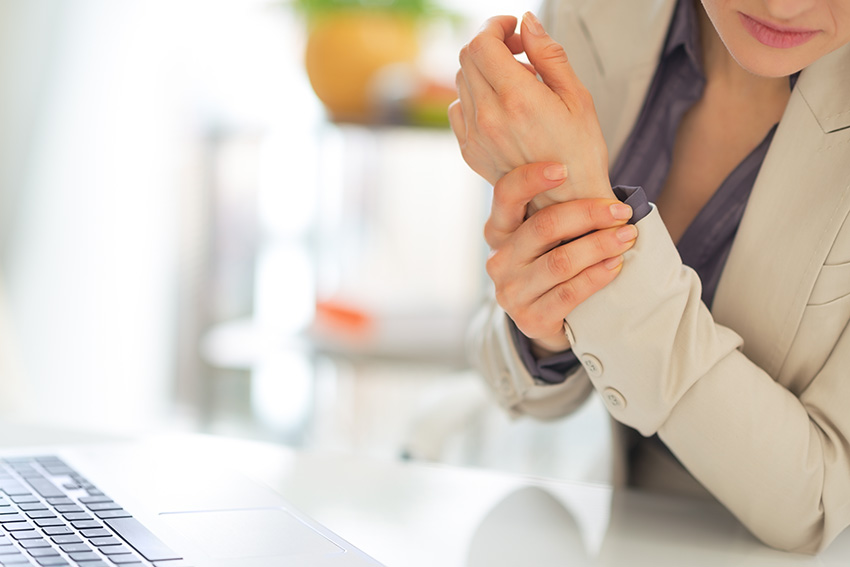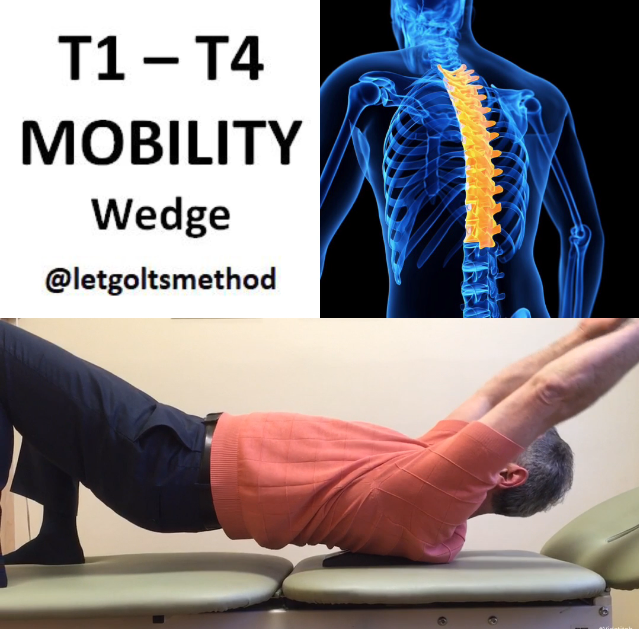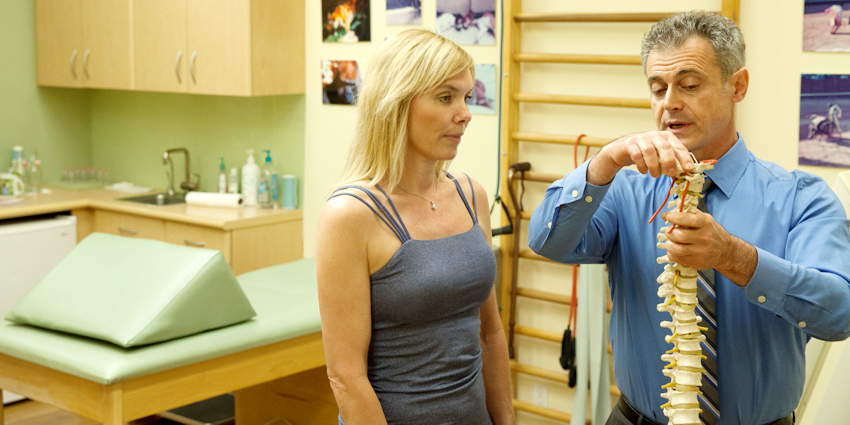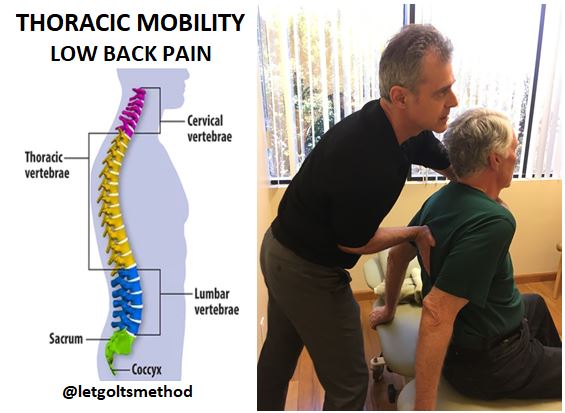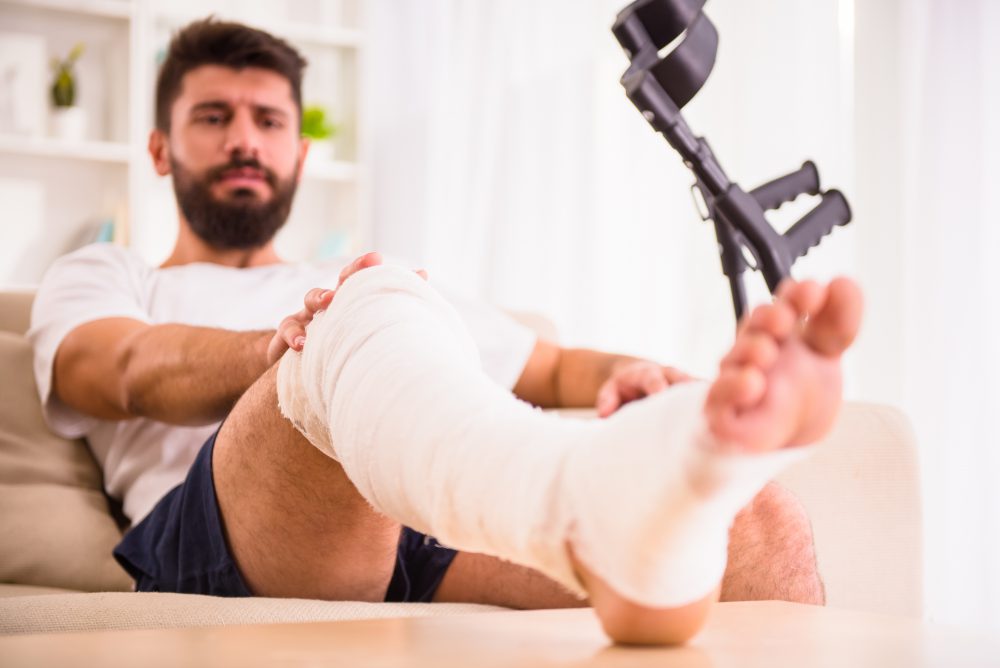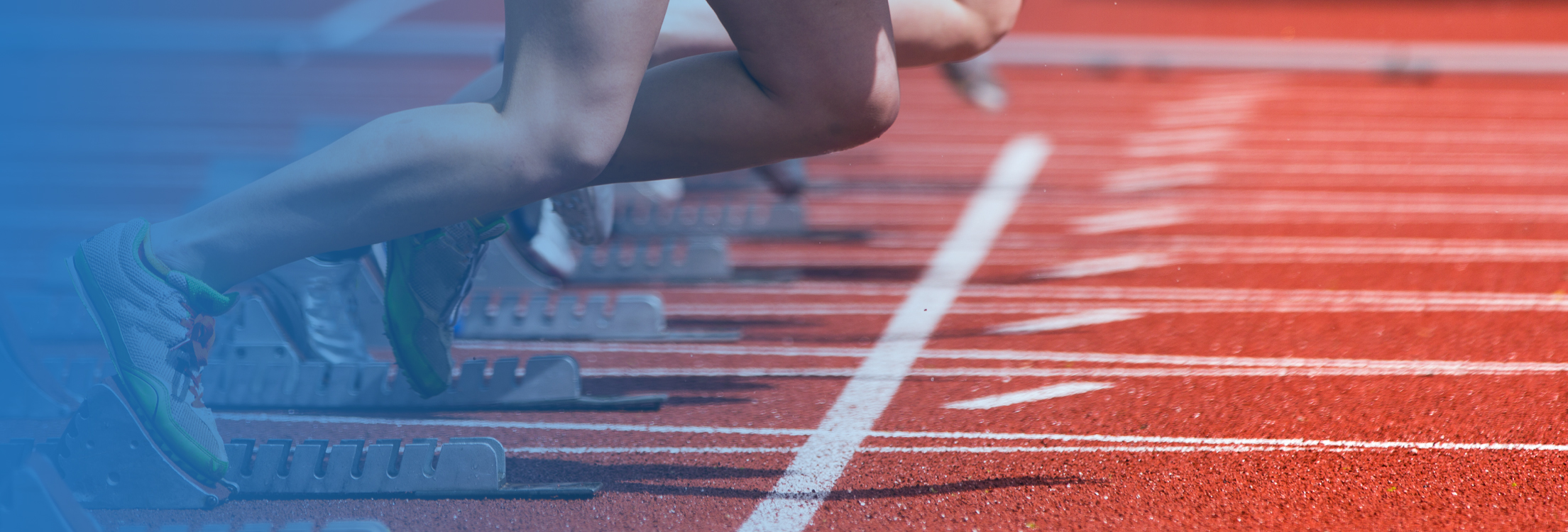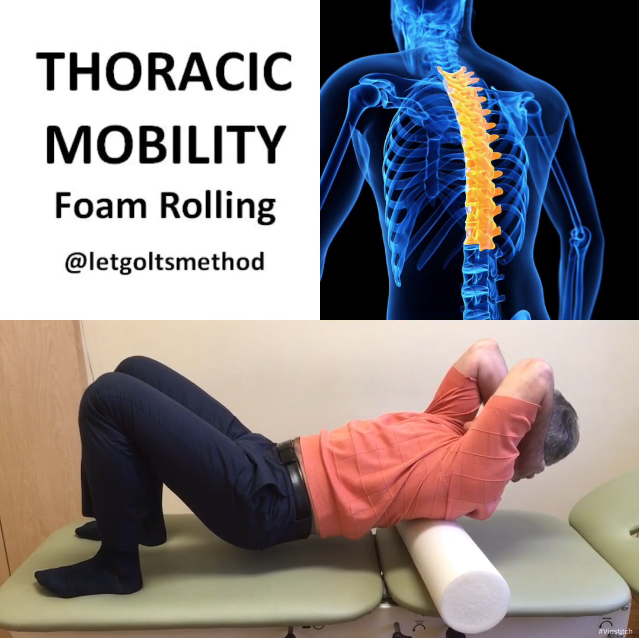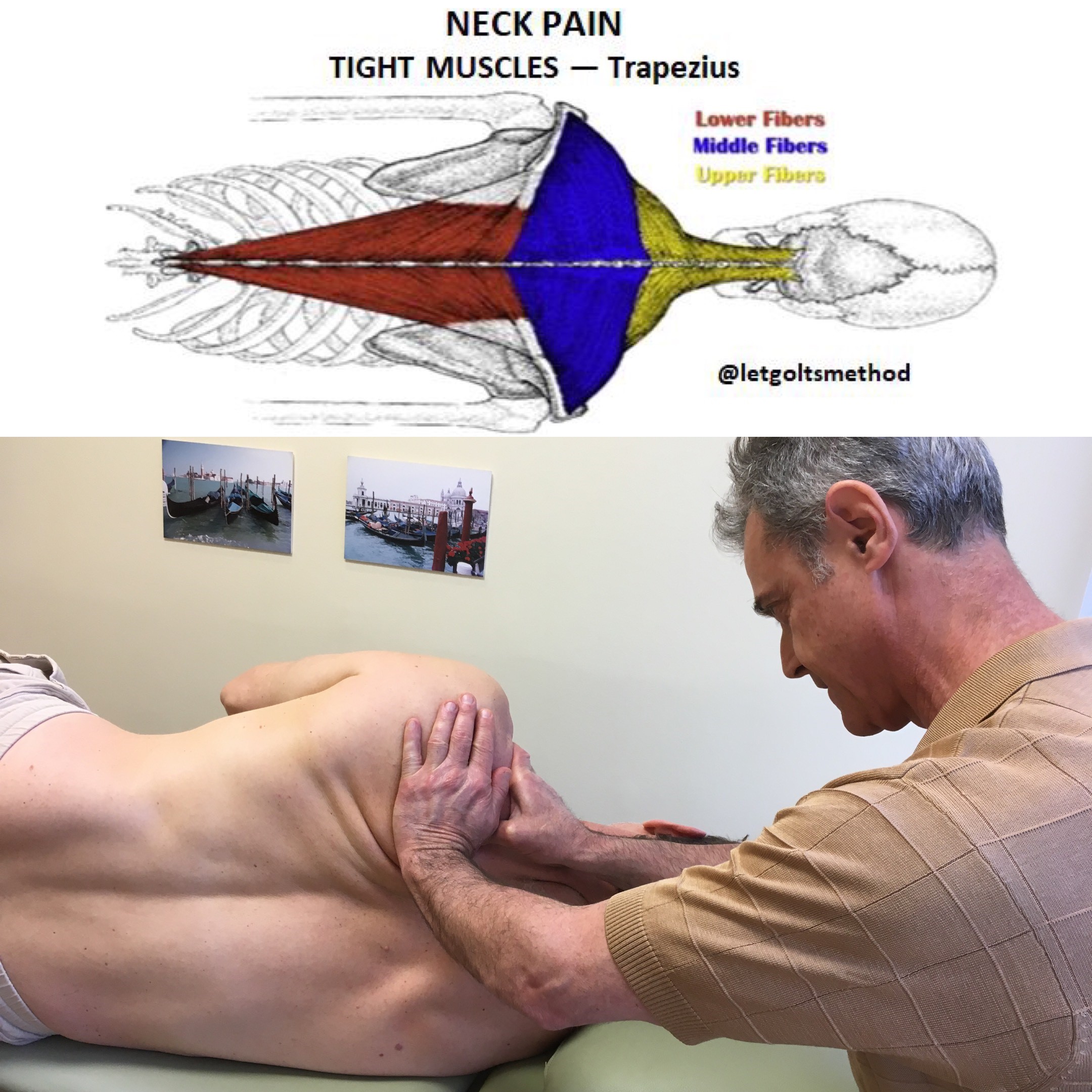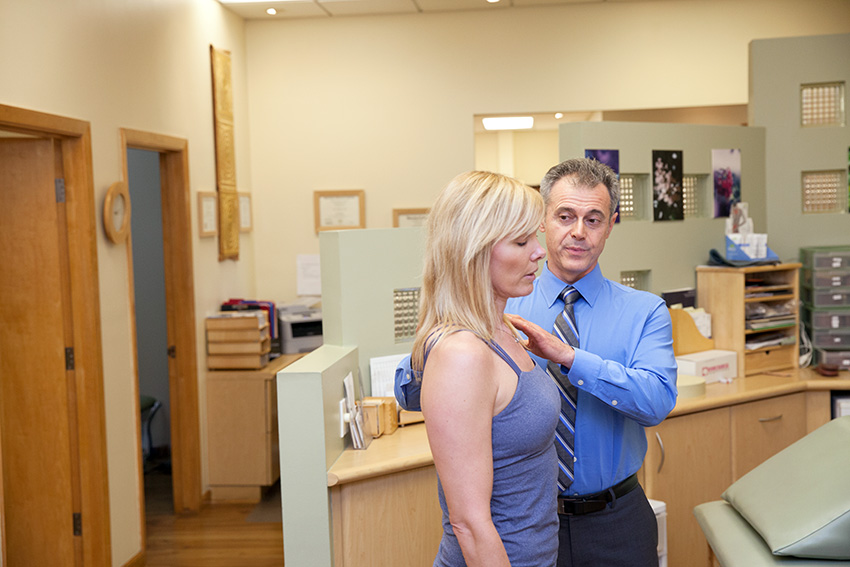Common Covid related complications by Johnson Wei, PT, DPT, MS.CSCS
During the pandemic, we are seeing many patients with similar symptoms related to COVID-19. According to the CDC, common COVID symptoms include coughing, headaches, sneezing, loss of taste, smell, shortness of breath, and fatigue. The virus seems to affect not only our cardiopulmonary system, but also the central nervous system which leads to symptoms like headache or tiredness.
Moreover, our musculoskeletal system is often influenced secondarily by the disease itself. Here are some examples of what we have been seeing a lot recently.
First, when patients have COVID, their lungs often get infected, which leads to contracture/tightness of the surrounding tissues. When the lungs are infected, the chest muscles tighten due to coughing or in order to protect the painful area. Neck stiffness and arm pain are often found later because of the imbalance of body structures.
In the meantime, the tight muscles make the trunk of the body bend towards one side, which makes the body shift weight to the same side, and this brings more loading on that whole side. Lower back, hip and knee pain start to occur all because of this imbalance
Second, when a patient is lying in bed all day long because of the illness, certain muscles can get tight depending on the predominant position. For healthy people, we wake up and move around every 7 to 8 hours, which makes tight muscles loosen up. However, when people are sick and have difficulty getting out of bed, the time spent dormant is a lot longer than usual. Many people tend to lie on their side and curl their legs close to the chest when they have a fever and feel cold, which leads to back, neck and hip pain. Maintaining this position for a long time makes all the muscles in the anterior chain tight.
Moreover, the compression on the side where they are lying makes the joints on that side become stiff, again causing neck, shoulder problems. Lying on the side also makes the pelvis tilt, leading to tight back muscles This may affect hips and knees as well.
The pandemic has completely changed lifestyles in the past 2 years. Before the pandemic, people participated in different kinds of activities and sports. Both the upper and lower body had a chance to move in a greater range of motion. Now people are locked at home with significantly reduced participation in a variety of physical activities. Walking, running and cycling have become more prevalent, omitting upper body movement. This, combined with increased sitting, leads to more people having shoulder, neck and back problems.
With manual therapy and a carefully designed exercise program, we have been helping patients solve these post-Covid problems. A whole-body assessment allows us to evaluate structural components of pain and dysfunction and determine the root cause of the symptoms. With this approach physical therapy can help improve your quality of life, relieve pain, and prevent future injuries
 Los Angeles Magazine’s Best Physical Therapy Practice in LA
Los Angeles Magazine’s Best Physical Therapy Practice in LA

